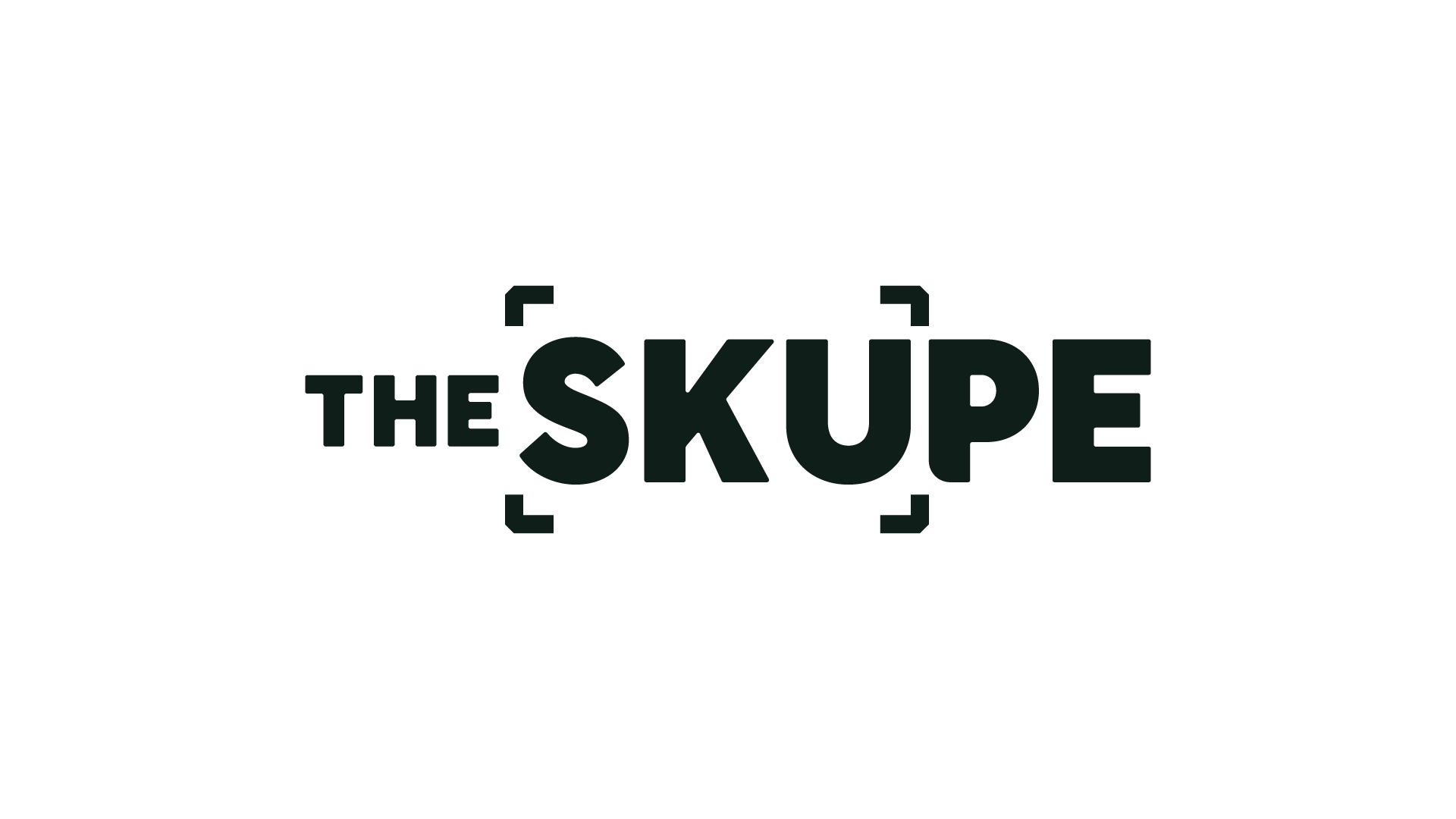Tangible pro tips to grow your bottom line
Louis Senofonte has spent his career optimizing margins and boosting sales for women’s, kids’ and accessories brands. Here the president of women’s resortwear brand Natalie Martin shares his strategies on what small businesses can do improve their bottom line, forecast more accurately and manage cash flow
Many retailers operate with tight margins. What are the first three things you’d do to improve profitability without raising prices?
Ask “why” first. Why are margins tight? Are you truly capturing your COGS (cost of goods)? Are all the factors that pull from margin accounted for? I like to pull the budget sheet apart line by line. You’d be surprised how often I’ve uncovered early on that freight wasn’t factored into pricing, or that a market/category analysis hadn’t been done in years, or that sewing costs were averaged when the variance by style was too high for that to make sense. Watching, understanding and addressing the nuances in your financials will either keep you set up for success or show you exactly where the misses come from.
Really understand your production. Do you know exactly how your product is made? How much fabric and trim each style uses? The waste that happens in cutting, sewing and leftover materials? Natalie runs a “waste not, want not” business. The businessman in me loves what it does for our margins, but for her, it’s about honoring the fabric and the craft. Our fabrics are hand-screened, made with incredible artistry and nothing goes to waste. Scraps become scrunchies, button covers, drawstring bags, Christmas ornaments—things that also save us on other expenses like store totes or gifts-with-purchase.
Be realistic about growth. Don’t produce for a pipe dream. One exceptional month doesn’t change your business trajectory, and two great years at +20% growth doesn’t mean you should produce for +40% next year. Don’t be afraid to set small, achievable growth goals that you can exceed. Scale thoughtfully. Breathe.
How can retailers use sales and inventory data together to forecast more accurately and reduce overstock/stockouts?
Data first. Start by asking: What data do we have? What is it telling us? Then, pull it together into a single narrative.
I begin with consumer sales data—what are customers “voting for” with their purchases? Are certain styles or categories trending up? Then I look at metrics like AOV (average order value) and LCV (lifetime customer value). What story are those telling?
Next, I dig into retention marketing data. How are email, SMS, or rewards programs performing? When a customer shops after an email, did they buy the featured product or did the email simply drive them to the site? That distinction matters.
Once you’ve dissected each piece, patterns start to emerge. For example, maybe Category X is growing much faster than Y or Z. At the same time, AOV is slightly down, but it matches the lower price point of Category X. When you look at repeat customer behavior, you see those customers are coming back and buying X three times as often as they bought Y. Then, you match that against retention marketing performance and see that 85% of revenue from campaign emails and SMS ties directly to the products featured—many of which fall under Category X.
From there, the strategy almost writes itself. If we want to see a certain percentage of growth, we put our energy behind Category X. We identify the top SKUs within that category, feature them heavily in marketing, and focus our inventory planning there.
It’s about growing manageable, bite-sized portions of the business based on what the data supports—rather than trying to expand across the board—and letting the data guide each step.
Retail cash flow often spikes during holidays and dips in off-seasons. What strategies help smooth out the cash flow curve?
One of the biggest shifts we’ve made at NM is breaking our collections into monthly drops. The impact on both growth and cash flow has been incredible. Instead of relying on two big seasonal launches, we now get that rush of “launch revenue” every month, while building returning customer rates and lifetime value.
When Nat and I started working together, her cash flow wasn’t spiking during the holidays. She wasn’t wrong when she said “it’s not the business I have,” but I wanted to understand why. The answer? It was all in the lens of how the product was presented.
In our first Q4 together, we leaned into silks, launched a micro-holiday collection, and expanded storytelling with “+1” products—Balinese baskets that made perfect gifts, partnerships with jewelry brands for giftable pieces. The result? Double-digit growth in Q4. Yes, some came from category extensions, but most came from communicating with our customers in the way they wanted to be spoken to that time of year. They bought the new holiday pieces and our core collection.
By year two, the growth held. Year three, I’m hopeful Q4 will be just as strong as every other quarter. Long story short: stop telling yourself “this isn’t our busy season.”
Market. Think. How do you sell what you have all year? How do you build a story around it? We are a society that loves to consume—if the marketing is good and timely, people will buy. Give them a reason to shop year-round. Build it for them. They will come.
Interviewed by Marcy Medina

Thanks for reading this week's edition!
You can reach the newsletter team at theskupe@mynewsletter.co. We enjoy hearing from you.
Interested in advertising? Email us at newslettersales@mvfglobal.com
The SKUpe is curated and written by Marcy Medina and edited by Bianca Prieto.






Comments ()